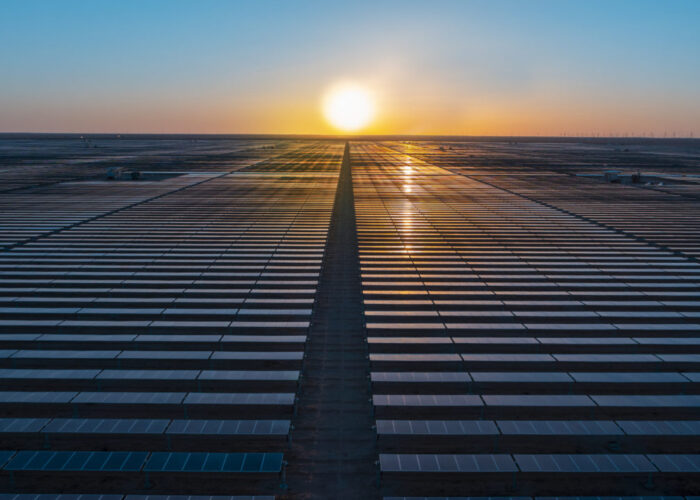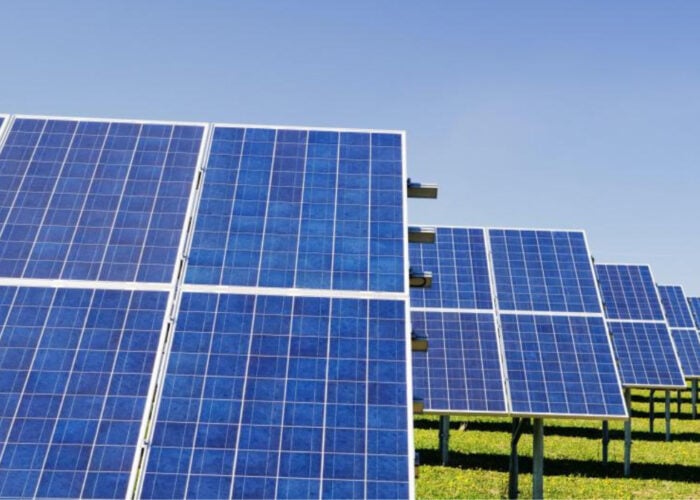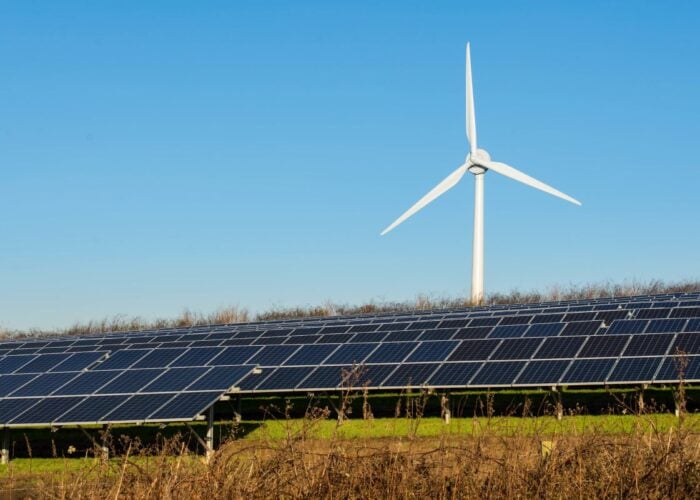Energy storage is the fastest growing requirement among PV inverter buyers around the world, according to a report by IHS Research.
Although the technology is still relatively immature, a survey by IMS Research of 400 global PV inverter customers revealed that nearly a third of respondents expect to be using energy storage in over 40% of the solar systems they install by 2015.
Unlock unlimited access for 12 whole months of distinctive global analysis
Photovoltaics International is now included.
- Regular insight and analysis of the industry’s biggest developments
- In-depth interviews with the industry’s leading figures
- Unlimited digital access to the PV Tech Power journal catalogue
- Unlimited digital access to the Photovoltaics International journal catalogue
- Access to more than 1,000 technical papers
- Discounts on Solar Media’s portfolio of events, in-person and virtual
Respondents from Germany, Italy and the UK highlighted energy storage as being more critical than any other requirement for future PV inverters.
When asked what the main driver for the adoption of energy storage would be, the most common response from customers was a reduction in battery prices helping to drive lower system prices and make storage financially viable.
According to more than 60% of respondents, an “acceptable” increase in system price for the inclusion of energy storage technology would be between 10 and 29%, although almost a third of respondents said they would be prepared to pay a higher premium.
Sam Wilkinson, power and energy research manager at IHS, said: “Energy storage is becoming an increasingly important feature for PV systems and if suppliers are able to deliver products in line with the industry’s expectations, the market for energy storage in PV could increase significantly over the next two years.”
The survey also quizzed customers on their adoption of microinverters, revealing that the relatively high price of the technology is acting as a barrier to widespread take-up.
But the survey also revealed that the proportion of customers using microinverters had increased by 10 percentage points in 2012 compared to 2011. Respondents highlighted their ability to combat the effects of shading and the additional design flexibility as the most common reasons for using them.
Wilkinson said: “As a result of the advantages and features that they offer, microinverters are beginning to become more widely accepted, however price is a major drawback and the majority of respondents who do not currently purchase microinverters stated they would need to reduce in price by over 50% for them to consider using them.”







